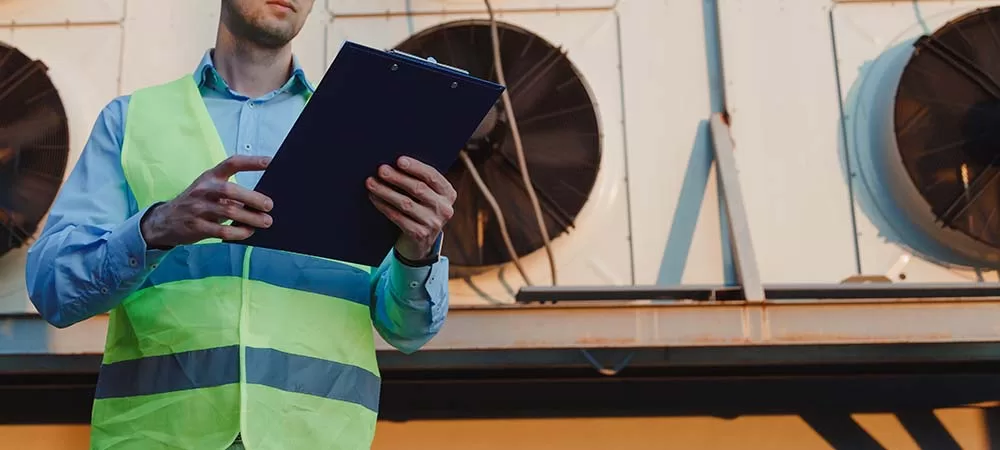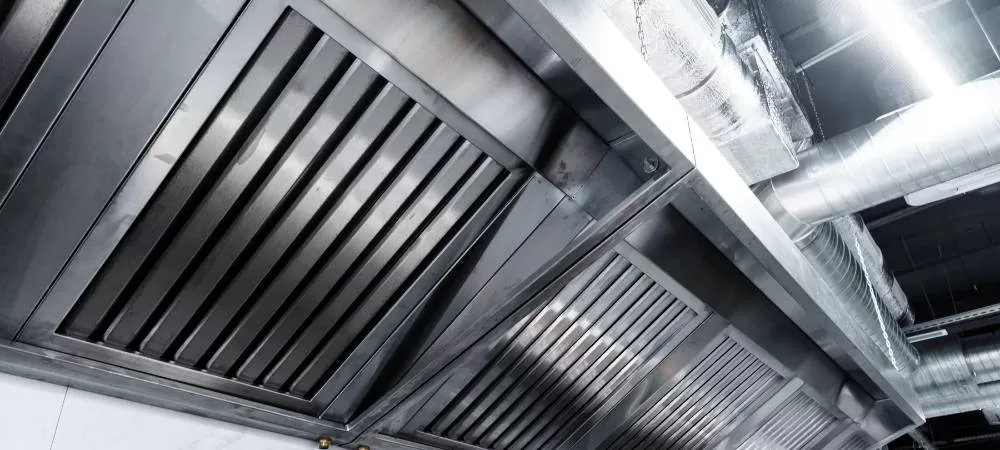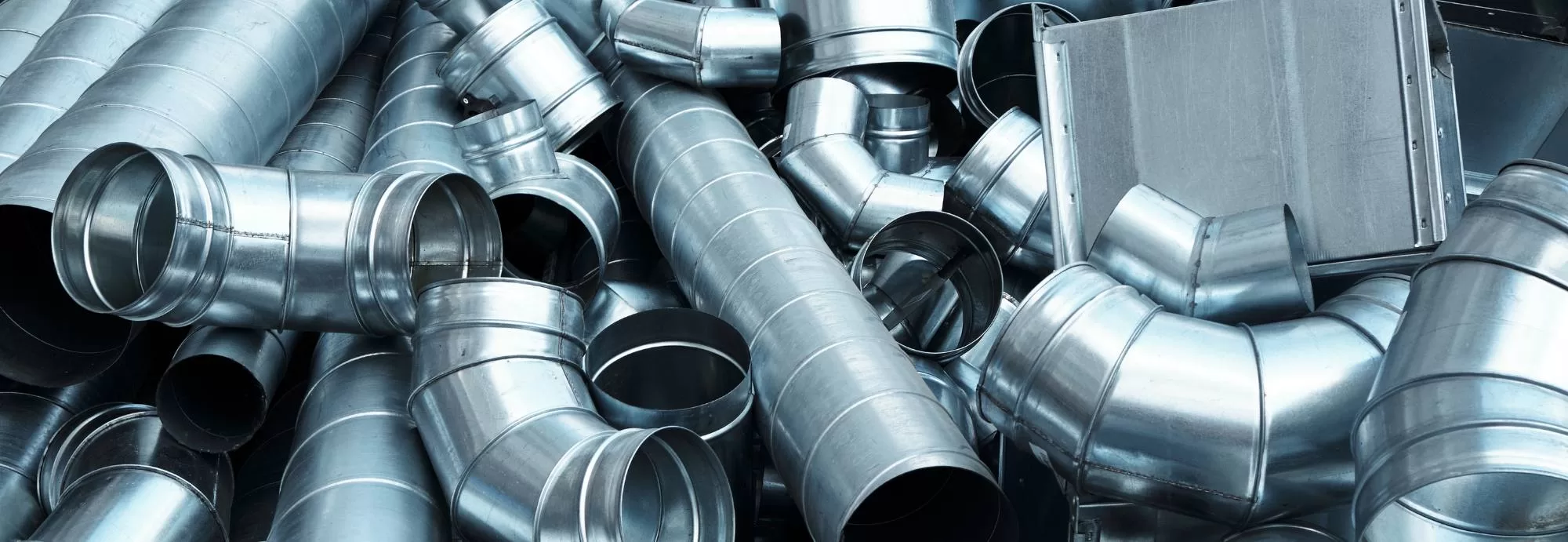AS 1668 is an important Australian Standard in this country’s HVAC industry, and is currently under review with drafts of AS 1668.2 and AS 1668.4 being developed. These standards also have major implications for property managers of commercial buildings – if they come into effect, they will have environmental, logistical, and financial benefits across commercial management services.
At Air-rite Solutions, we design, install, and maintain commercial air conditioning systems in Brisbane. If you are a commercial property manager in Brisbane or South East Queensland, here is why you should pay attention to the ongoing revisions currently being considered for AS 1668.
Strategic Impact of AS 1668 Updates for Property Management
The revisions to AS 1668 are of strategic importance to property managers who look after buildings with commercial air conditioning. When broken down to their most basic purpose, these standards guide the ventilation systems integral to building safety and comfort. As updates are infrequent, the current revision is a significant opportunity for the HVAC industry to move forward.
Commercial property managers must stay informed of these changes to ensure their buildings remain compliant, safe, and efficient for owners and tenants alike. Understanding and implementing these standards will impact daily operations, tenant satisfaction, and regulatory compliance. The updates reflect a shift towards environmentally sustainable practices, which has additional benefits in the building’s market appeal and operational cost-efficiency.

Mechanical vs. Natural Ventilation: Key Differences
The main updates to AS 1668 come in the form of AS 1668.2 and AS 1668.4. For commercial property managers in South East Queensland, understanding the distinction between AS 1668.2 (mechanical ventilation) and AS 1668.4 (natural ventilation) is important to understanding the significance that each standard has on HVAC in Brisbane. Here are the basics:
- Mechanical ventilation is essential for indoor air quality and comfort, especially in larger, more complex buildings.
- Natural ventilation, on the other hand, can contribute to energy savings and sustainability.
- Property managers should be aware that these standards operate independently of AS 1668.1, which focuses on fire and smoke control.
This separation in updating the standards allows for more specialised and effective approaches to building safety and environmental control, essential for maintaining a safe, comfortable, and sustainable property.
Benefits of the Proposed Updates to AS 1668.2
Simplified Outdoor Air Calculation and Ventilation Strategies
The proposed updates to AS 1668.2 suggest simplified methods for calculating outdoor air requirements and implementing ventilation strategies when it comes to commercial air conditioning services. For property managers of commercial buildings, this means easier compliance and potentially more efficient ventilation systems.
This change is particularly beneficial for buildings with complex layouts or small spaces, where traditional ventilation methods might be less effective or more costly. Adopting these new strategies could lead to significant improvements in air quality and energy efficiency, enhancing tenant comfort and reducing operational costs.

Revised Ventilation Standards for Car Parks and Kitchens
The draft revisions propose reduced ventilation rates for car parks and new guidelines for kitchen exhaust treatment. For property managers, this translates to potential savings in construction and operational costs, as modern engines emit fewer pollutants, allowing for less extensive car park ventilation systems.
The horizontal discharge option for kitchen exhaust, after proper treatment, offers more flexibility in managing kitchen emissions, particularly in buildings where vertical discharge is impractical. These changes can help in optimising building design and functionality while ensuring compliance and enhancing tenant safety and comfort.
AS 1668.4 – Enhanced Approaches to Natural Ventilation
AS 1668.4’s updates focus on improving natural ventilation, which is vital for energy efficiency and sustainability in any commercial buildings you manage. The standard introduces varied procedures for determining the size of openings based on occupancy and usage. For property managers, this means more tailored ventilation solutions that balance natural air flow with energy conservation.
Implementing these guidelines can lead to more environmentally friendly building operations, reduced costs, and improved tenant satisfaction, particularly in diverse building types from warehouses to schools.
Contact Air-rite Solutions
If you have any more questions about the revisions to these Australian Standards or how they may affect you as a commercial property manager, contact the friendly team at Air-rite Solutions today.





